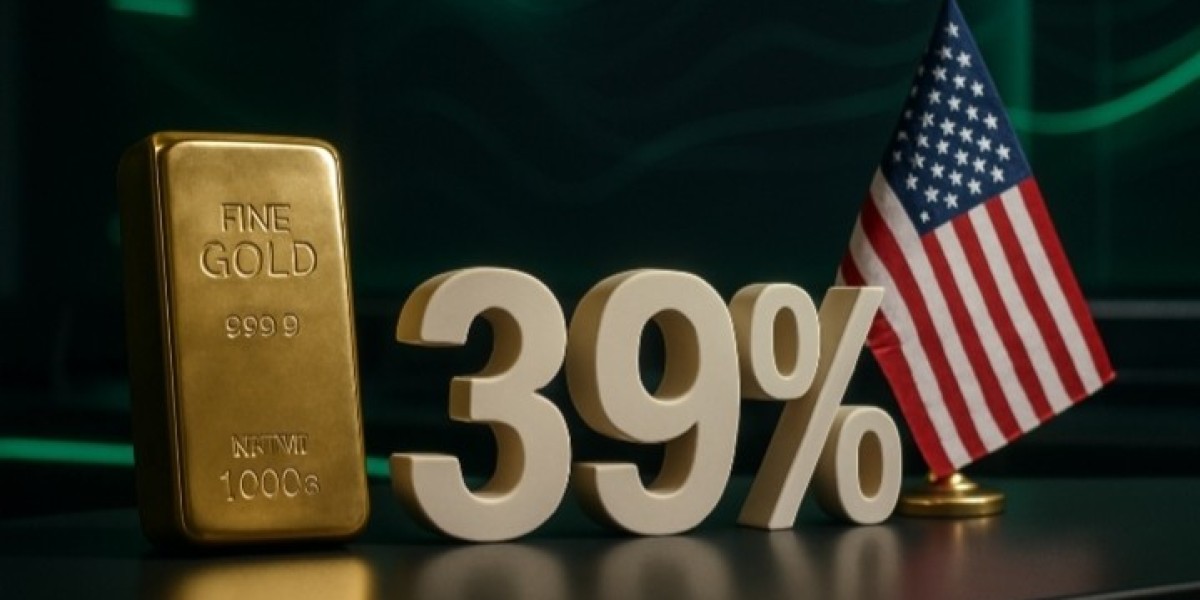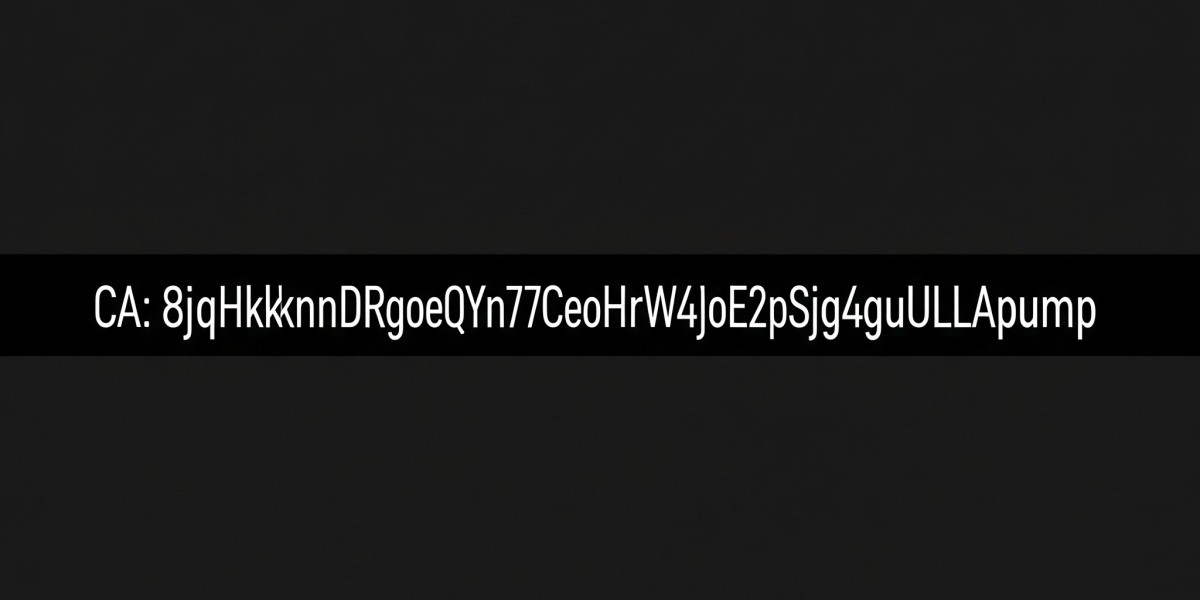Background & Announcement
On July 31, a ruling letter from the U.S. Customs and Border Protection (CBP) reclassified one-kilo and 100-ounce gold bars under a tariff-eligible customs code—contrary to prior expectations of exemption—resulting in a sweeping 39% import duty .
Market Reaction
The news triggered an immediate upward surge in Comex gold futures, reaching historic intraday highs above $3,534 per troy ounce—the gap between futures and spot prices widening sharply as traders scrambled to adjust .
Impact on Switzerland and Global Trade
Switzerland, the world’s top gold refiner, exports approximately $61.5 billion in gold to the U.S. annually. Under the new tariff regime, an estimated $24 billion of that would now face duties—prompting several Swiss refineries to halt or scale back shipments amid classification uncertainties .
Market Disruption & Analysis
Experts warn this policy shift may destabilize the established bullion trade hub in New York. Economist Peter Schiff cautioned that rising premiums and a rush to cover Comex short positions could lead to significant dislocations in the market . UBS analyst Joni Teves also noted that the disruption challenges the reliability of Comex for bullion hedging, potentially prompting shifts toward other global centers .
Strategic Implications
The tariff signifies escalating trade tensions between Washington and Bern, and could reorient global bullion supply chains. Markets may look toward alternative sources or trading hubs such as London or the UAE, especially given their lower tariff exposure on gold .








